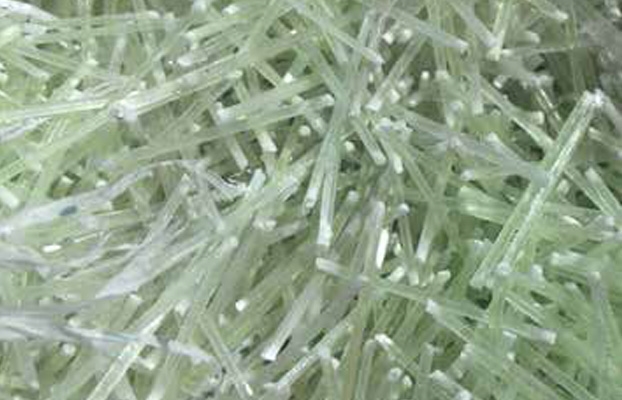
THE PRODUCT COMPLIES WITH:
EN 14889-2 specifications for polymeric fibers for concrete.
Technical document CNRDT204/2006 regarding instructions for design, execution and control of fiber reinforced concrete structures.
It is well known that concrete alone exhibits a fragile, non-ductile behavior as well as a very low resistance to absorb energy, shock and general compressive loads. These characteristics, along with low tensile resistance and large hydraulic shrinkage, can cause large cracks that are very harmful to the static resistance and life of the structure. As a result, very dangerous situations may occur, for example, the use of spread concrete to stabilize the excavation head in tunneling. A fragile failure of the concrete could compromise the safety of the persons working in the excavation. To improve this situation, one possible solution is to mix in some fibrous materials with the concrete. The fibers have the ability to maintain resistance, even after cracking of the concrete; to change the behavior of the concrete from fragile to ductile; and to increase the concrete’s capability to absorb energy.
In the 1940’s, construction firms in the USA started to utilize steel fibers for their fiber reinforced concrete. These fibers resulted in excellent resistance and increased elastic modulus, but were very deficient against corrosion and chemical attacks, which created a major problem particularly in marine environments or for rods where salt was used in the presence of ice. Later, thermoplastic fibers started to be utilized. Thermoplastic fibers had good tensile resistance, but a very low modulus and increases in temperatures would negatively influence their behavior.
GEOPOWER SPRITZFILCEM FIBERS
(GFRP) SHOWS THE FOLLOWING
CHARACTERISTICS:
High mechanical characteristics
Very good ductility performance
High elastic modulus
Very good mixing with concrete
No corrosion